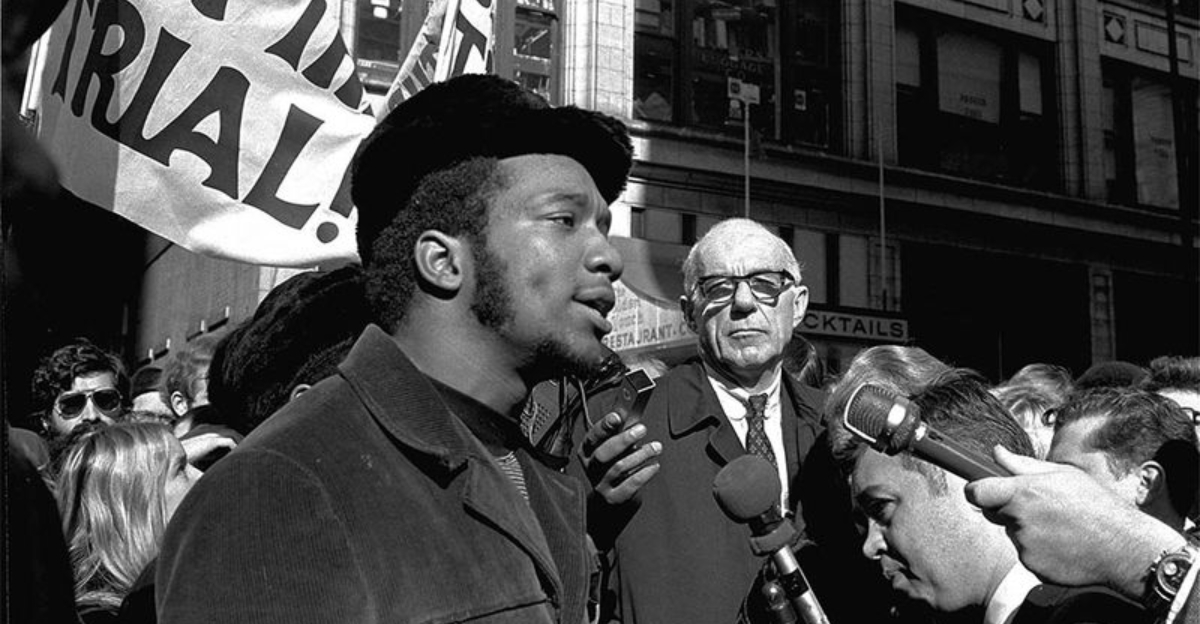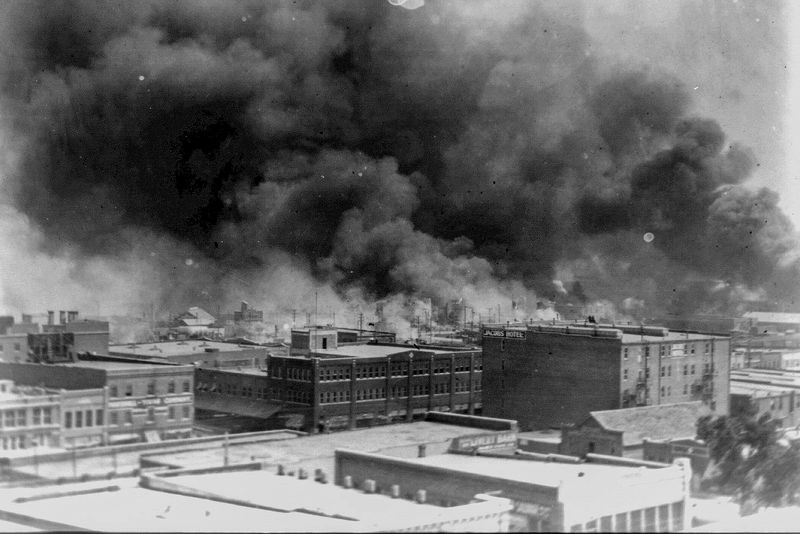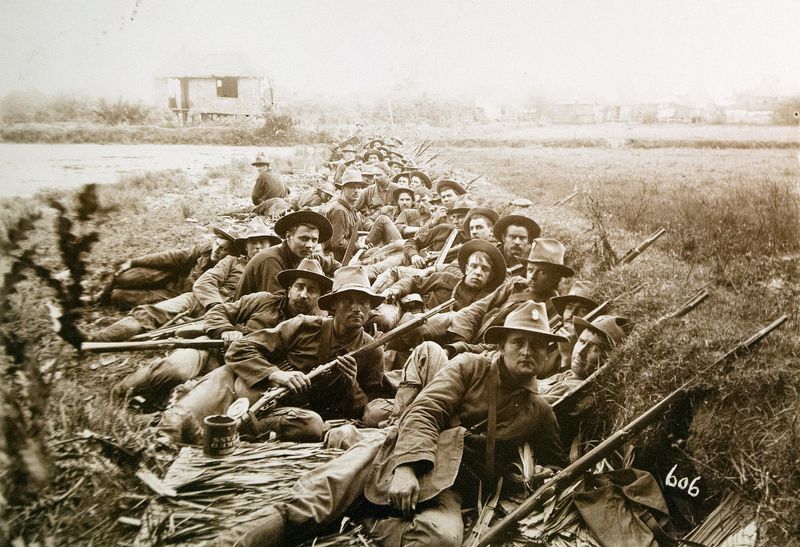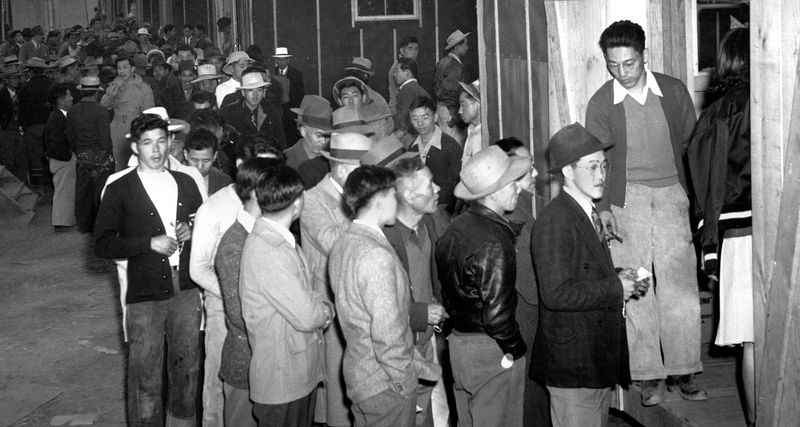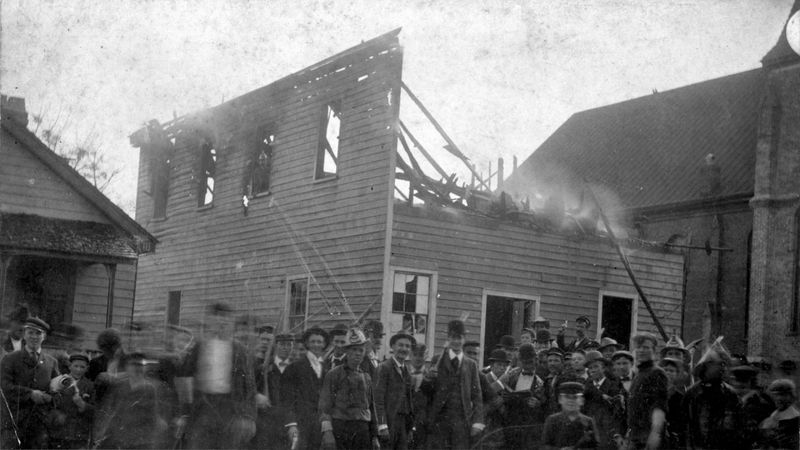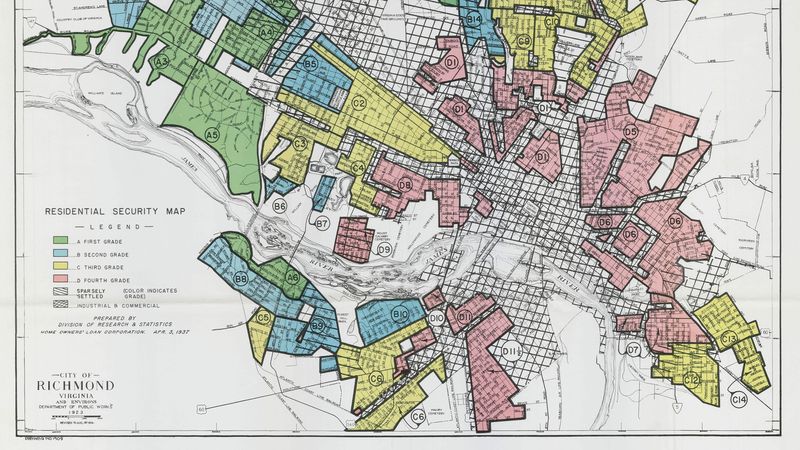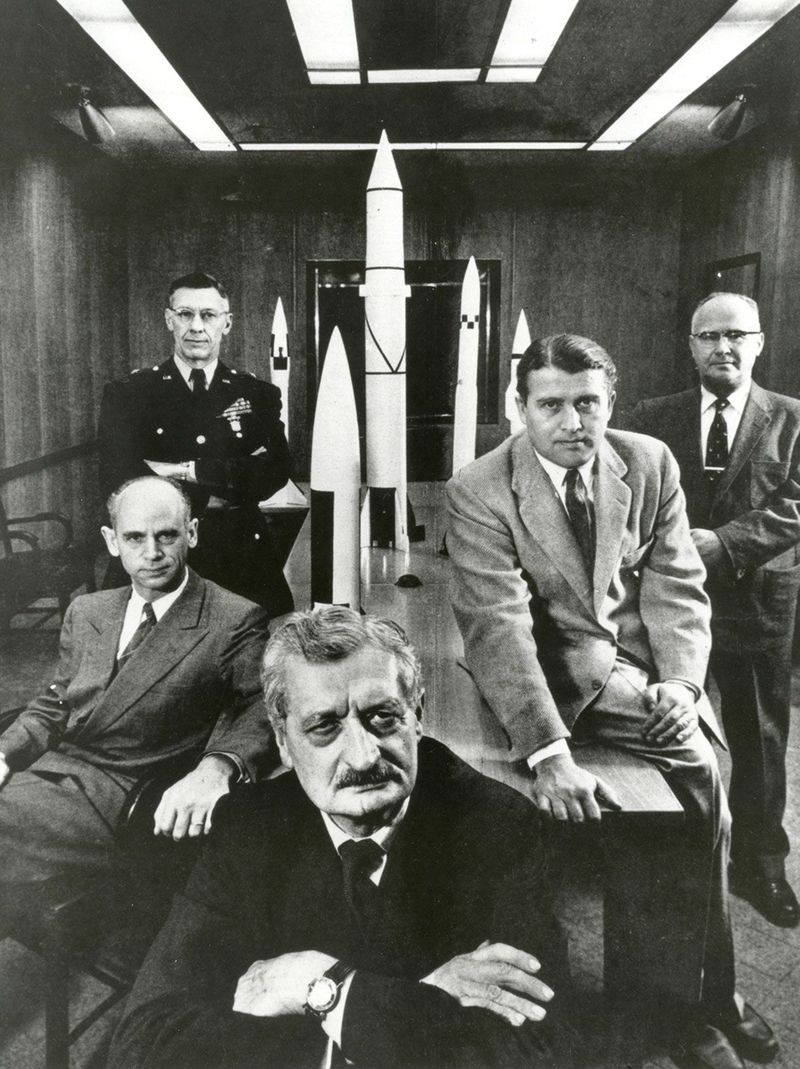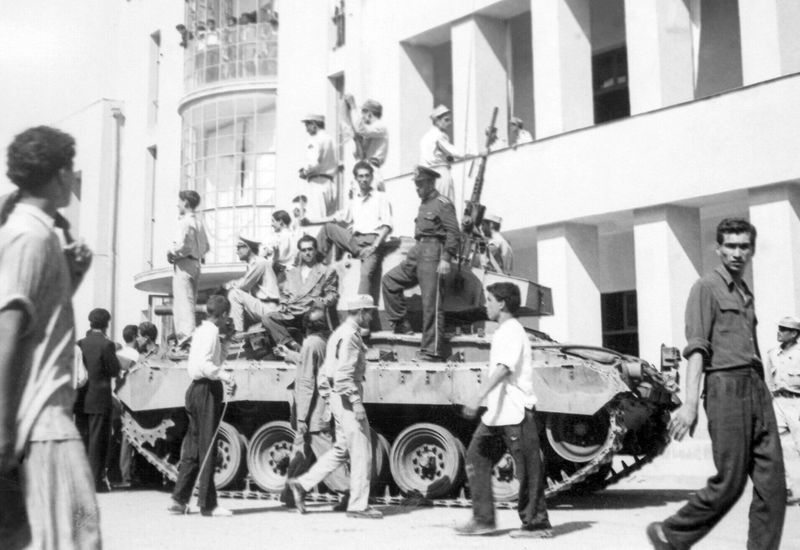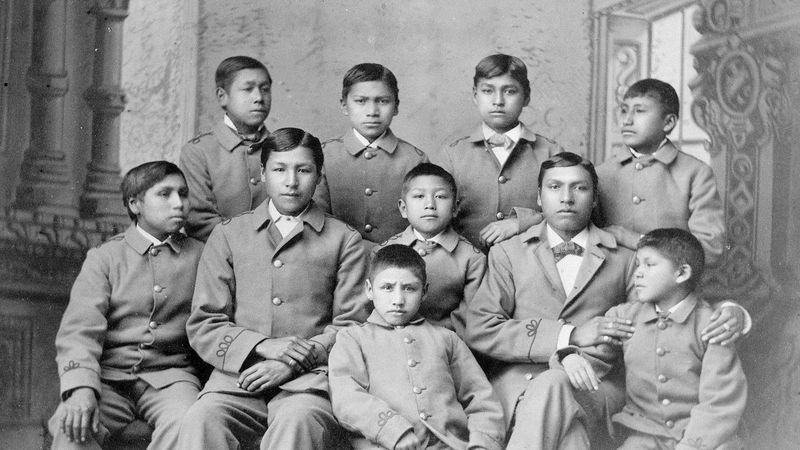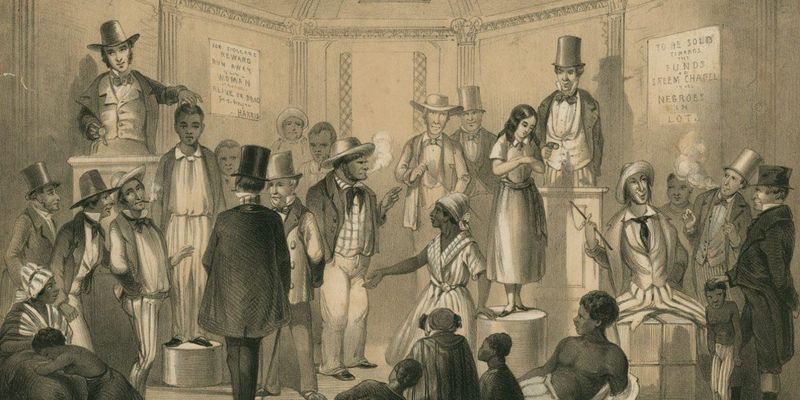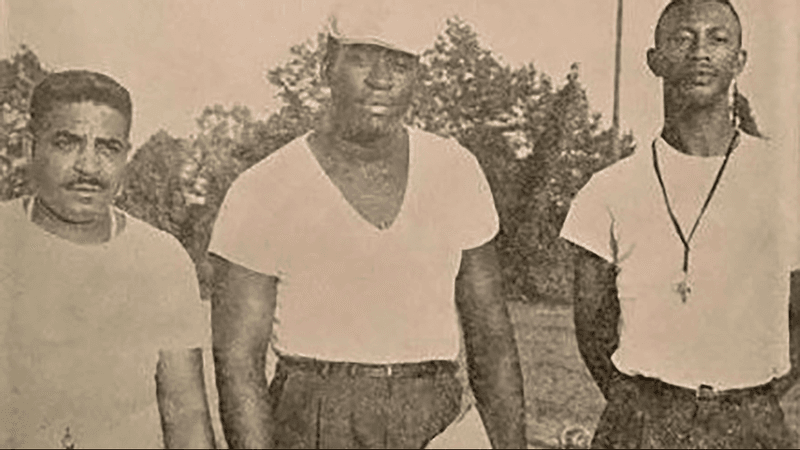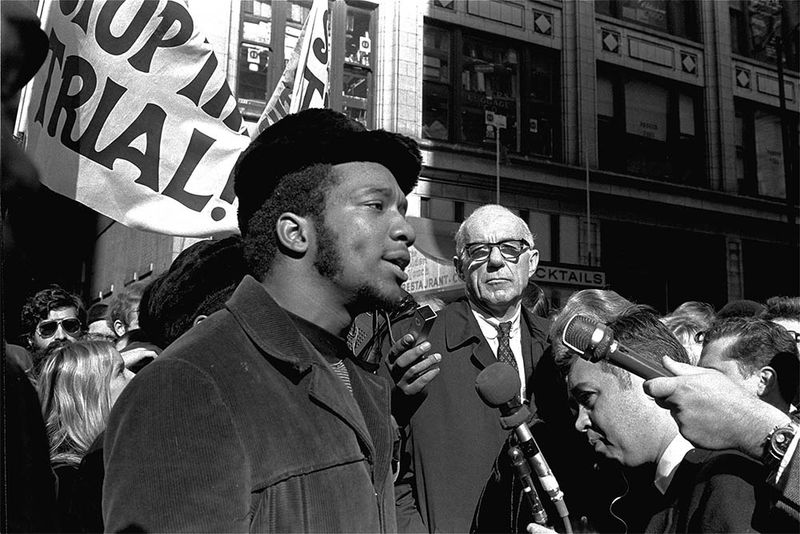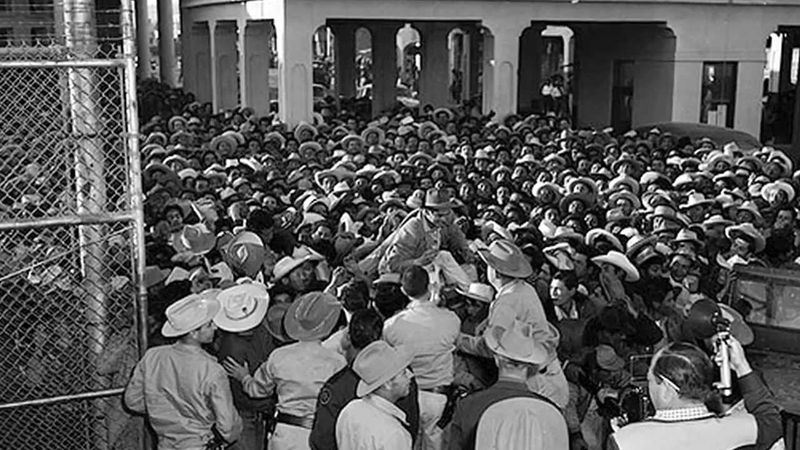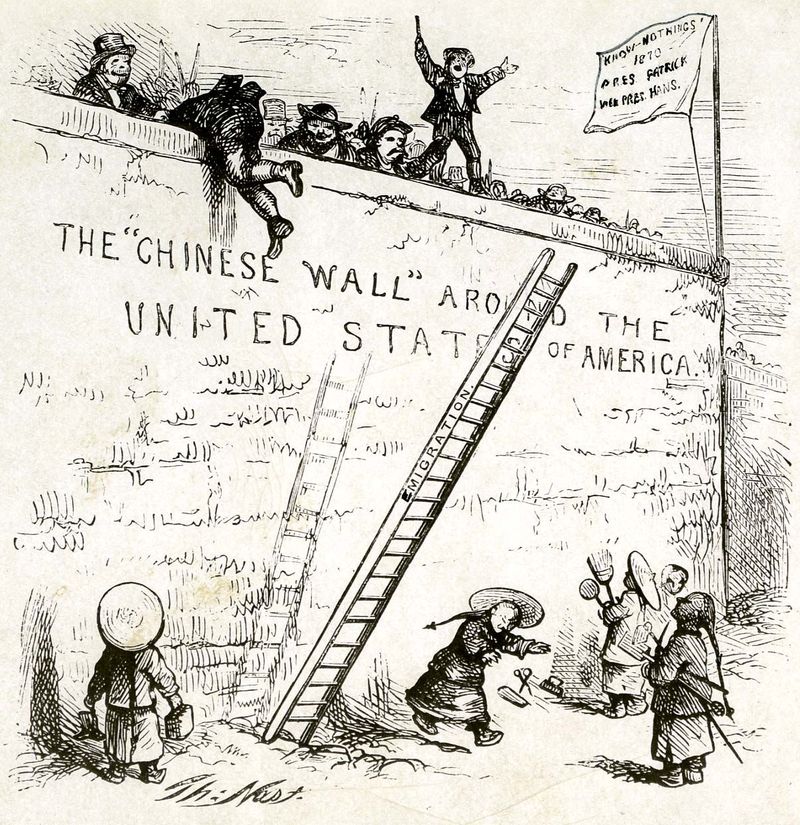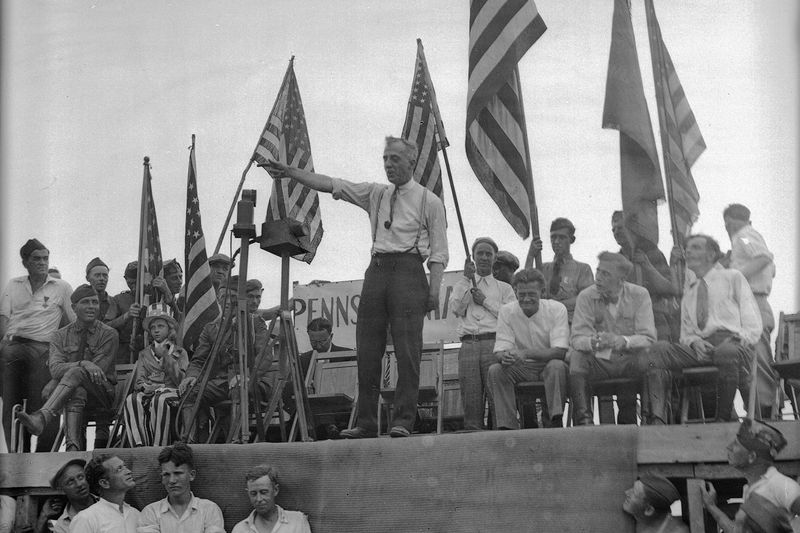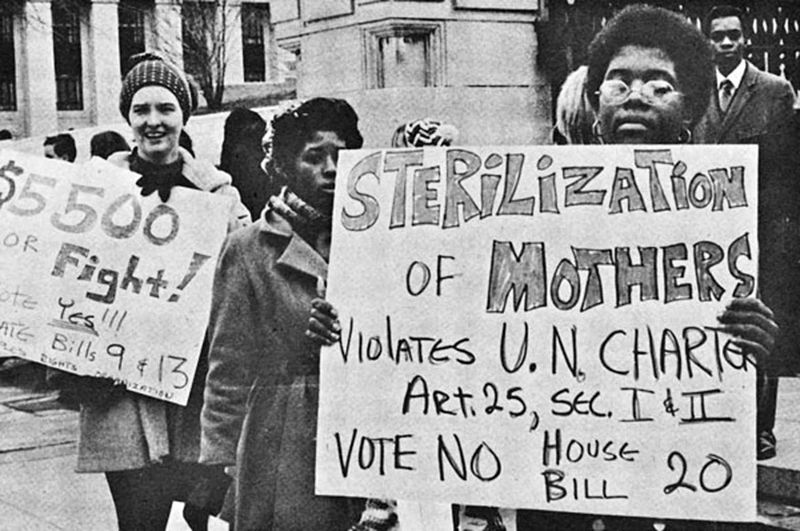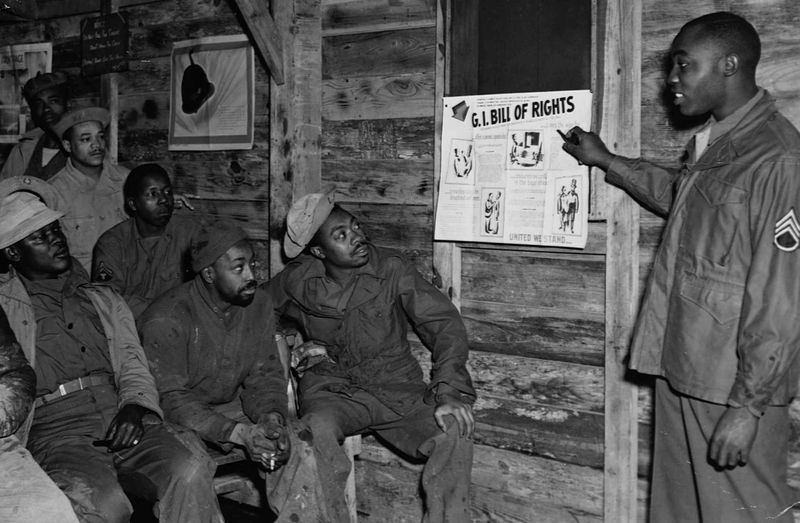Explore 20 significant events and truths from history that are often overlooked in traditional education.
These events shed light on the complexities and lesser-known narratives that have shaped the world as we know it.
1. The Tulsa Race Massacre (1921)
In 1921, a white mob razed the prosperous Black neighborhood of Greenwood in Tulsa, Oklahoma. Known as the Black Wall Street, this thriving community was reduced to ashes. Hundreds were killed, and thousands were left homeless. This violent eruption of racial hatred was largely omitted from history books. For decades, the trauma lingered, unaddressed. The massacre symbolizes a dark chapter in American history that echoes the systemic racism prevalent in society.
2. U.S. Invasion of the Philippines (1899–1902)
Following the Spanish-American War, the U.S. claimed the Philippines, sparking a war against Filipino independence fighters. The conflict resulted in the deaths of hundreds of thousands of Filipinos. Many Americans were unaware of the brutal tactics employed. This war marked a significant yet troubling expansion of U.S. imperialism. It highlights how national narratives often obscure imperialist actions, leaving a legacy of resentment and unresolved issues in its wake.
3. Japanese American Internment Camps (1942–1945)
During World War II, over 120,000 Japanese Americans, most of them U.S. citizens, were forcibly relocated to internment camps. Families were torn from their homes and livelihoods, enduring harsh conditions. This unjust act was fueled by wartime paranoia and racism. The internment left lasting scars and is a stark reminder of the fragility of civil liberties during times of fear. Despite the injustice, many internees showed resilience and patriotism.
4. The Wilmington Coup (1898)
In 1898, Wilmington, North Carolina, witnessed the only successful coup in U.S. history. White supremacists overthrew a legally elected biracial government, killing dozens. This violent coup d’état starkly illustrates the lengths to which some would go to preserve racial hierarchy. The short-lived biracial government held promise for racial harmony. The coup’s legacy lingered, leaving a stain on American democracy and race relations that took generations to address.
5. The U.S. Government’s Role in Redlining
Federal housing policies in the 20th century systematically segregated communities through redlining. These discriminatory practices denied Black families access to homeownership, impeding generational wealth accumulation. Maps marked minority neighborhoods as “high risk,” curbing investment. This economic exclusion reinforced racial disparities, leaving lasting effects. Redlining’s legacy is visible in today’s urban landscapes, manifesting in education, health, and economic inequality. Understanding redlining is essential to addressing systemic racism’s roots.
6. Operation Paperclip (Post-WWII)
After WWII, the U.S. initiated Operation Paperclip, recruiting over 1,600 former Nazi scientists, including Wernher von Braun. These individuals contributed to American military and space projects, advancing technology. Their recruitment was controversial, given their past affiliations. This operation reflects the ethical complexities nations face in pursuit of progress. Balancing morality and technological advancement posed challenges, as the U.S. navigated the Cold War’s geopolitical landscape.
7. The Ludlow Massacre (1914)
In 1914, the Ludlow Massacre unfolded in Colorado as National Guard troops and company guards attacked striking coal miners and their families. The tragic event resulted in numerous deaths, including children. The miners’ fight for better working conditions was met with violence, exemplifying the brutal labor struggles of the early 20th century. This massacre underscored the need for labor reform and resonated with future generations of workers advocating for rights.
8. The CIA’s Role in Foreign Coups
Throughout the mid-20th century, the CIA orchestrated coups in several countries, including Iran (1953), Guatemala (1954), and Chile (1973). These covert operations aimed to install regimes favorable to U.S. interests, often destabilizing regions. The interference was driven by Cold War geopolitics, prioritizing strategic gains over sovereignty. These coups left profound impacts on the affected nations, contributing to long-term instability and resentment towards American foreign policy.
9. Native American Boarding Schools
From the late 1800s to the 20th century, Native American children were forcibly removed from their families to attend boarding schools. These institutions aimed to erase their cultural identities, imposing Western values and language. The loss of heritage and familial bonds deeply affected generations. This policy reflected a broader agenda of assimilation and control, leaving scars and resistance. Understanding this history is crucial for healing and reconciliation efforts today.
10. The Trail of Tears
The Trail of Tears marks the forced relocation of Native Americans from their Southeastern homelands, resulting in thousands of deaths due to disease and starvation. This tragic journey symbolized the harsh realities of U.S. expansion policies. The government’s disregard for indigenous rights and sovereignty led to immense suffering. The Trail of Tears remains a powerful testament to resilience and injustice, highlighting the need for acknowledgment and remembrance.
11. U.S. Involvement in Slavery After 1808
Despite the 1808 ban on the transatlantic slave trade, slavery flourished in the U.S. until 1865. Southern economies thrived on forced labor, supported by political and economic interests. This period highlights the contradictions within the nation, fighting for freedom while perpetuating bondage. Enslaved people’s resilience and resistance played crucial roles in their eventual liberation. Understanding slavery’s persistence emphasizes the deep-rooted challenges faced in the struggle for equality and justice.
12. The Deacons for Defense and Justice
During the Civil Rights era, the Deacons for Defense and Justice emerged as an armed African American self-defense group. Formed to protect activists from Ku Klux Klan violence, they played a crucial yet rarely acknowledged role. Their presence ensured safer marches and rallies, challenging the narrative of nonviolent resistance. The Deacons’ legacy underscores the diverse strategies employed in the fight for civil rights, highlighting a seldom-told story of courage.
13. COINTELPRO (1956–1971)
The FBI’s COINTELPRO, a covert program from 1956 to 1971, targeted civil rights and activist groups such as the Black Panthers and Martin Luther King Jr. This secret operation aimed to disrupt and discredit these movements. It exposed the lengths to which the government would go to maintain control, infringing on civil liberties. The revelation of COINTELPRO led to greater scrutiny of intelligence agencies, shaping public distrust in governmental power.
14. Mexican Repatriation (1930s)
During the 1930s Great Depression, over a million Mexicans and Mexican Americans, many U.S. citizens, were deported or pressured to leave the country. This mass repatriation was driven by economic scapegoating and discrimination. Families were uprooted, leaving lasting impacts on communities. The episode reflects the recurring patterns of targeting minority groups during times of economic crisis. Recognizing this history is essential for understanding immigration and social justice issues today.
15. Anti-Chinese Violence and Exclusion Acts
The Chinese Exclusion Act of 1882 marked the first law banning an entire ethnic group from immigrating to the U.S. This act led to widespread violence against Chinese communities, fueled by xenophobia. Chinese immigrants faced harsh discrimination, yet they contributed significantly to American society. The exclusion acts highlight the challenges of immigration policies rooted in racism. Understanding this history is vital for addressing ongoing issues of racial and ethnic discrimination.
16. The Business Plot (1933)
In 1933, a group of wealthy businessmen allegedly plotted to overthrow President Franklin D. Roosevelt. Marine General Smedley Butler exposed the conspiracy, known as the Business Plot. Though no one was prosecuted, the revelation highlighted tensions between economic elites and governmental power. This episode remains a curious footnote in American history, emphasizing the fragility of democracy when confronted with unchecked ambition and influence.
17. American Eugenics Movement
Before Nazi Germany, the U.S. led the world in eugenics laws, including forced sterilizations of thousands deemed “unfit.” This movement, rooted in pseudo-scientific beliefs, sought to control human reproduction. Policies disproportionately targeted marginalized groups, reflecting societal prejudices. The eugenics movement’s influence on Nazi ideologies underscores the dangers of scientific abuse. Acknowledging this history is crucial for understanding contemporary debates on genetics and ethical research practices.
18. The Role of Slavery in the American Revolution
Britain’s offer of freedom to enslaved people who joined the British army during the American Revolution posed a significant threat to American slaveholders. This offer influenced the revolution’s trajectory by intensifying fears of emancipation. Enslaved individuals’ choices between opposing sides highlight their agency and the complex motivations at play. Understanding slavery’s role in the revolution sheds light on the contradictions and challenges within the fight for independence.
19. The Real Effects of the GI Bill
The GI Bill provided significant benefits to millions of veterans after WWII, yet systemic racism often excluded Black veterans from equal access. Educational and housing benefits were unevenly distributed, perpetuating racial disparities. This inequity highlights the challenges of translating policy into practice. The GI Bill’s mixed legacy underscores the importance of addressing structural barriers to ensure true equality. Understanding these effects is crucial for creating equitable opportunities for all veterans.
